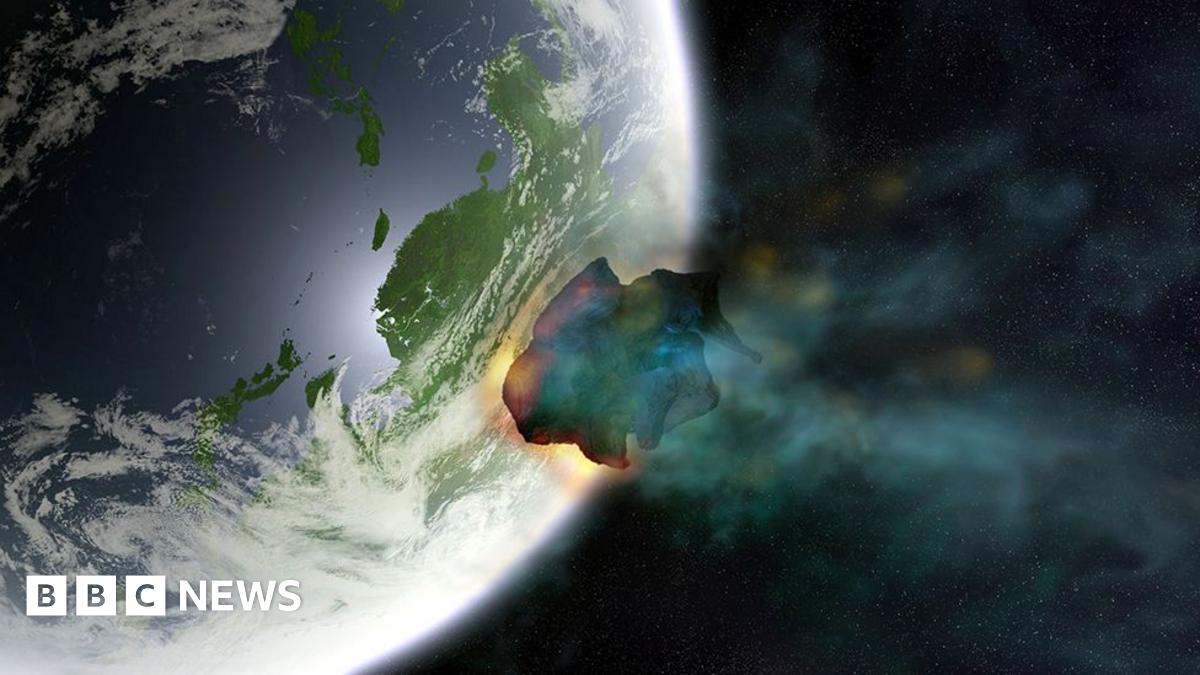Dr Uisdean Nicholson, associate professor at Edinburgh’s Heriot-Watt University, said new technology had helped to solve the mystery of the crater’s origins.
He said the research team, funded by the Natural Environment Research Council, had recovered rare “shocked” quartz samples which settled the argument.
“We were exceptionally lucky to find these, a real needle-in-a-haystack effort,” he said.
“These prove the impact crater hypothesis beyond doubt, because they have a fabric that can only be created by extreme shock pressures.”
Dr Nicholson said the impact would have caused a 328ft (100m) high tsunami of water.
The crater lies under the current seabed and is not visible, so scanning equipment, which Dr Nicholson described as “like ultrasound for the earth”, was used to map it.

